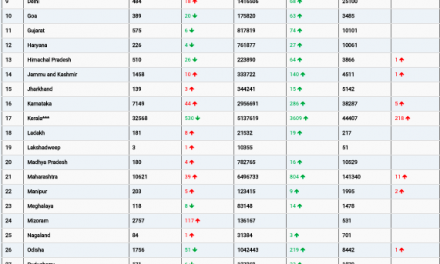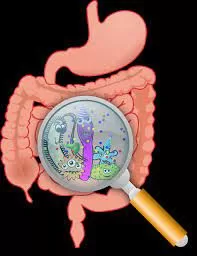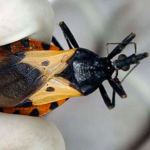As global temperatures rise and humidity levels increase, so too does the risk of foodborne illnesses caused by bacteria such as Salmonella. A recent study led by Jeri Barak, PhD, a professor in the Department of Plant Pathology at the University of Wisconsin-Madison, highlights the direct impact of climate change on food safety. The study warns that with warmer, more humid conditions, bacteria such as Salmonella will not only survive longer in raw produce but thrive, putting more people at risk of illness.
The study, published in Applied and Environmental Microbiology, focuses on how climate-driven changes in plant physiology and pathogen interactions are making crops more susceptible to bacterial contamination. Barak and her team have found that Salmonella can infiltrate even healthy plants by entering the apoplast—the plant’s internal leaf structure—where it becomes shielded from ultraviolet light and other natural deterrents.
“We are facing more periods of high humidity due to climate change, and this creates ideal conditions for bacteria like Salmonella to survive on crops,” Barak noted. As a result, cases of foodborne illnesses are expected to rise significantly beyond the current 1.2 million annual cases in the U.S.
How Salmonella Spreads
Salmonella is typically found in the intestinal tracts of animals and spreads to humans through food contaminated with feces. While raw meat is often associated with Salmonella outbreaks, fresh produce is increasingly becoming a leading cause of infection. Contaminated fruits and vegetables, such as lettuce, nuts, seeds, and alfalfa sprouts, are often consumed raw, providing a direct pathway for the bacteria to cause illness. Once inside the body, Salmonella can cause symptoms like diarrhea, abdominal pain, and cramps by attacking the cells lining the intestines.
According to Barak, fresh produce contaminated with Salmonella may appear healthy despite being infected. This is especially concerning as weather patterns shift, leading to more extreme rainfall and waterlogged plants that are more vulnerable to bacterial intrusion.
Agricultural Challenges and Food Security
The problem is not limited to Salmonella. Other harmful bacteria, including E. coli and Yersinia, can also flourish in the humid, warmer environments created by climate change. As a result, the agricultural industry is facing new challenges in controlling bacterial contamination. Techniques like ultraviolet sterilization, which work on the surface of plants, are not as effective when bacteria hide within the plant tissue.
Additionally, bacterial diseases affecting crops, such as bacterial leaf spot in lettuce caused by Xanthomonas hortorum, are on the rise. These diseases not only reduce crop yields but can also provide entry points for human pathogens like Salmonella. Barak’s research shows that the timing of bacterial infections plays a role in whether Salmonella will survive and spread within the plant. If the infection occurs too early or too late, the plant may either fend off the bacteria or be too damaged for them to survive.
“Climate change is altering the dynamics of plant diseases,” Barak explained, adding that these changes could have ripple effects on global food security. Rice, a staple food in many parts of the world, is also vulnerable to increased bacterial diseases as growing conditions become less predictable.
Rising Food Prices and Antibiotic Resistance
As bacterial infections in crops become more common, food production is likely to decline, leading to price increases and shortages, especially in regions dependent on imports. Countries may begin to hoard their food supplies, further exacerbating global food insecurity.
The agricultural industry’s heavy reliance on antibiotics and chemicals to control bacterial infections could lead to an increase in antibiotic-resistant strains of bacteria. While Barak’s team has not yet identified antibiotic-resistant strains of Salmonella, the overuse of antibiotics in agriculture has long been a concern in the fight against antimicrobial resistance.
Barak emphasized that breeding crops for resistance to bacterial diseases could be an effective way to increase food safety. However, this would require a concerted effort from scientists, farmers, and policymakers to prioritize both yield and resistance to human pathogens.
Preparing for the Future
The findings from Barak’s study underscore the importance of adapting food safety measures in the face of climate change. As the risk of foodborne illnesses continues to grow, it is crucial for the agricultural industry to explore sustainable solutions to mitigate bacterial contamination in crops. Efforts to control food waste and develop plants resistant to both bacterial diseases and human pathogens will play a key role in maintaining food safety and security in the years to come.












